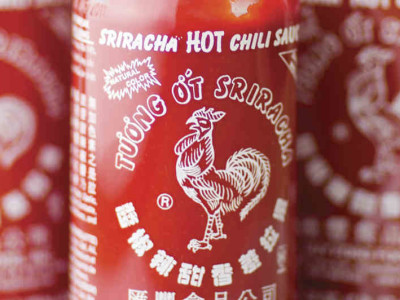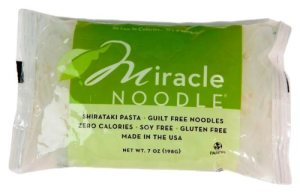
IS XANTHAN GUM PALEO?
Xanthan Gum is a very popular additive in food products. Sauces, salad dressings, ice cream and even many gluten free foods contain this awesomely mutant sounding ingredient. Sure it sounds cool, but should you be eating it?
What is Xanthan Gum?
Xanthan gum is a polysaccharide produced by fermenting corn sugar with the bacteria Xanthomonas campestris (it can also be derived from wheat, dairy or soy). Once fermented, it is dried and then ground into a fine white powder that we know as xanthan gum. It was first produced in the 1960s and approved for use in foods in 1968, after extensive animal testing.

Xanthan gum is often used as a thickening agent or emulsifier in various processed foods to extend shelf life. It is also commonly seen in gluten-free baked goods, and is what keeps ice cream “smooth.” Xanthan gum is regularly found in cosmetics and body care products as a stabilizer to keep ingredients from separating. Common examples of products containing xanthan gum include coconut milk, salad dressings, jarred salsas, commercial egg substitutes, hot sauces, lotions, toothpastes, body washes and shampoos.
Is Xanthan Gum Paleo?
Since xanthan gum is derived from sources that are not paleo, it follows suit (come on, it’s purpose is to extend shelf life of products, of course it’s not paleo) . Xanthan gum is best avoided, as it can cause bloating, diarrhea and allergic reactions in many people. It is a sneaky ingredient and appears “healthy gluten-free alternatives” so be wary and always check labels.
Who wants to ingest something that was created in a lab anyway?
Resources:
http://en.wikipedia.org/wiki/Xanthan_gum
http://blog.fooducate.com/2010/09/23/10-facts-about-xantham-gum-a-very-popular-food-additive/


